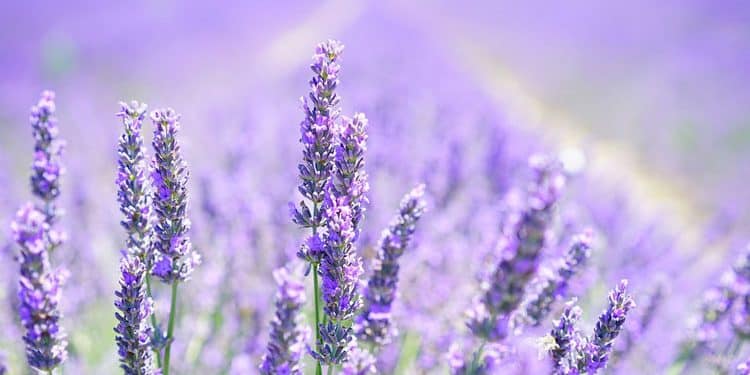Echinops – Globe Thistle The Globe Thistle is very interesting if one likes thorny, prickly plants. The leaves are large, deeply cut and very prickly. The stems are silver-white, while the flowers are either white or a grayish metallic blue. […]
Eupatorium – White Snakeroot, Thoroughwort, Hemp Agrimony, Joe-Pye Weed, Perennials Guide to Planting Flowers
How often we are tempted to praise the beauties of some foreign flower while our excellent native ones pass by with little attention. There are many sorts of Eupatoriums and most of them can be found growing wild in our […]
Gardening in November – Pruning and training
Gardening in November Pruning and Training A good month for planting or moving roses, too. Cut them well back to stop wind-rock and to encourage strong new growth next year. Fix some wire hoops around multi-stemmed conifers in snowy areas […]
Alyssum – Madwort, Basket of Gold, Perennials Guide to Planting Flowers
Alyssum – Madwort, Basket of Gold, Gold Dust, Goldentuft, Rockmadwort The various Alyssums have been known for a long time as one of the best, if not the best, edging plant for borders of all kinds. They have been combined […]
Growing Guide for Hepatica
Hepatica Plant Care Today I went out my back door and noticed that one of my rosebushes was, unexpectedly, sporting a fresh new flower bud. It was within a day or so of opening up–small, greenish and obviously defiant of […]
Herb Gardening – Harvest, Design, Storing Herbs
The form and size of interest determine the herb garden these plants hold for the individual. It can be a tiny border of commonly used culinary herbs such as mint, parsley, sage, and thyme or an elaborate garden designed to […]
Armeria – Sea Pink, Thrift, Cliff Rose, Perennials Guide to Planting Flowers
Armeria – Sea Pink, Thrift, Cliff Rose The Sea Pink is a low growing plant which derived its name from the fact that it grows along the seashore and is pink in color. There are other colors, such as red, […]
Ajuga – Bugle Flower, Perennials Guide to Planting Flowers
Ajuga – Bugle Flower For creeping over the soil in shaded places the Bugle Flower is excellent. Two sorts are commonly cataloged. Ajuga replans rubra has deep purplish-blue flowers and purplish leaves and is prostrate in habit; A. genevensis is […]
Buddleia – Butterfly Bush, Summer Lilac, Perennials Guide to Planting Flowers
Buddleia – Butterfly Bush, Summer Lilac Buddleias have made a great place for themselves in the garden where their abundant bloom, attractive color and delicate fragrance wins our admiration the first time we become acquainted with them. These plants are […]
Lavandula – Lavender, Perennials Guide to Planting Flowers
Lavandula – Lavender Sweet Lavender is one of the well-beloved, fragrant plants of the old-fashioned garden. It was a favorite because of its delicate odor. Lavender (Lavandula vera) grows from 1 1/2 feet to 3 feet high, has downy, silvery […]










